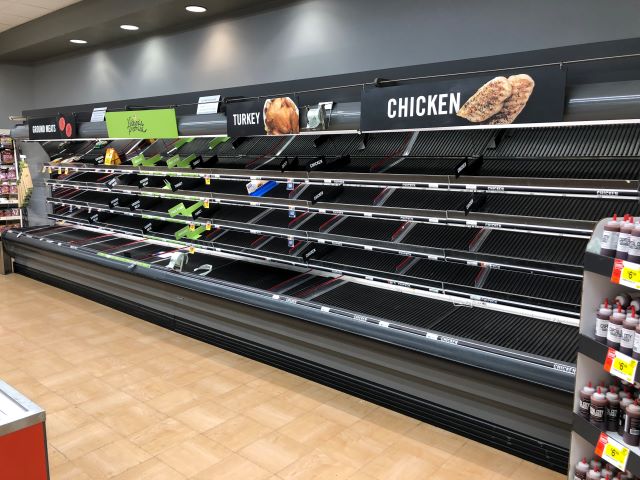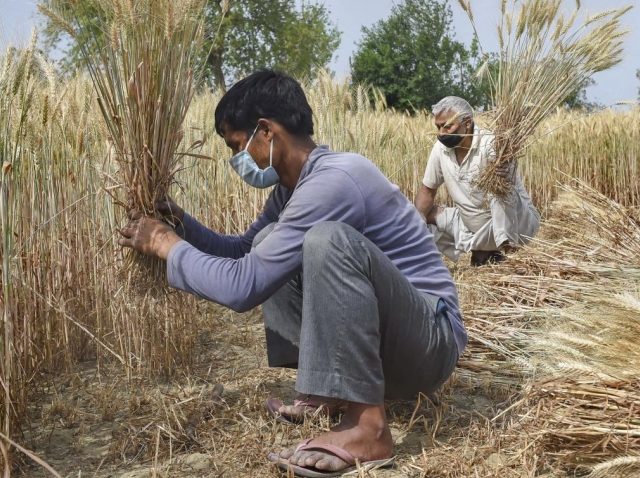COVID-19 continues to take its toll on many areas of life and the global economy. As well damage to peoples health and livelihoods for many food security has also suffered. Many countries have taken steps to ensure farming and food production continues running as an essential business despite wider restrictions on economic activity.
Due to the pandemic and related containment measures, there have already experienced disruptions in global food supply chains, labour shortages and lost harvests. The economic slowdown will further compound the challenges faced by governments in tackling malnutrition. According to the World Food Programme (WFP), the pandemic could double the number of people in acute hunger by the end of 2020.
Where is food security most impacted?
The pandemic has exacerbated many existing inequalities. The concern is highest for those in countries across Africa as well as the Middle East, as the virus threatens lives and livelihoods along with the trading networks they rely on for survival. CABI researchers looking at the impact on Kenya and Uganda have found that more than two-thirds of those surveyed have experienced economic hardship due to the pandemic. The proportion of food insecure people increased by 38% and 44% in Kenya and Uganda respectively.
Lockdown restrictions have severely impacted movements of food from rural to urban areas and across borders. The pandemic has severely disrupted trade, and the trade flows that provide a lifeline to millions of people could be equally devastating. Sub-Saharan African countries such as Somalia and South Sudan imported more than 40 million tons of cereals from around the world in 2018 to plug gaps in local food production.
Even in developed countries, there is an impact. Rising unemployment in the US, UK, and Europe means increased food insecurity for poorer households and increased reliance on food banks and the SNAP program. Feeding America forecasts that there will be more than 54 million food-insecure Americans in 2020, which is 17 million higher than in 2018. For children, the food insecurity rates are projected to increase to 18 million, up nearly 7 million from 2018.

Food prices increased by 4.2% in the year ended August 2020 in NZ, with fruit and vegetable prices increasing by 19%. Panic buying at the start of the pandemic led to shortages of basic food products in many shops. The main contributors to higher fruit and vegetable prices included prices for tomatoes which rose by 37% and the price of courgettes which rose by 183%.
What steps are being taken to ensure food supplies?
Inevitably, the depth and breadth of the response vary largely between countries, commensurate with needs, capacities, and fiscal space. Policy responses include measures to ensure access to inputs and markets, as well as increased financial support. The FAO is calling for USD 1.2 billion in initial investments to finance FAO’s COVID-19 Response and Recovery Programme that aims to provide an agile and coordinated global response to ensure nutritious food for all both during and after the pandemic.
As part of immediate responses to the crisis, many countries have put in place sizable economy-wide stimulus packages and measures that seek to protect those whose incomes are most affected which includes many smallholders. Some countries have implemented export restrictions as a response to the threat – for example, Vietnam stopped granting rice export certificates in March. The World Bank has however warned that given the status of global food supplies, export restrictions are unwarranted and could hurt food security in net food-importing countries.
The long-term prospects depend on a range of factors including the control of the virus and the speed of economic recovery. It is clear that the pandemic has put significant strains on the food system, and exacerbating many existing food problems and trends.

